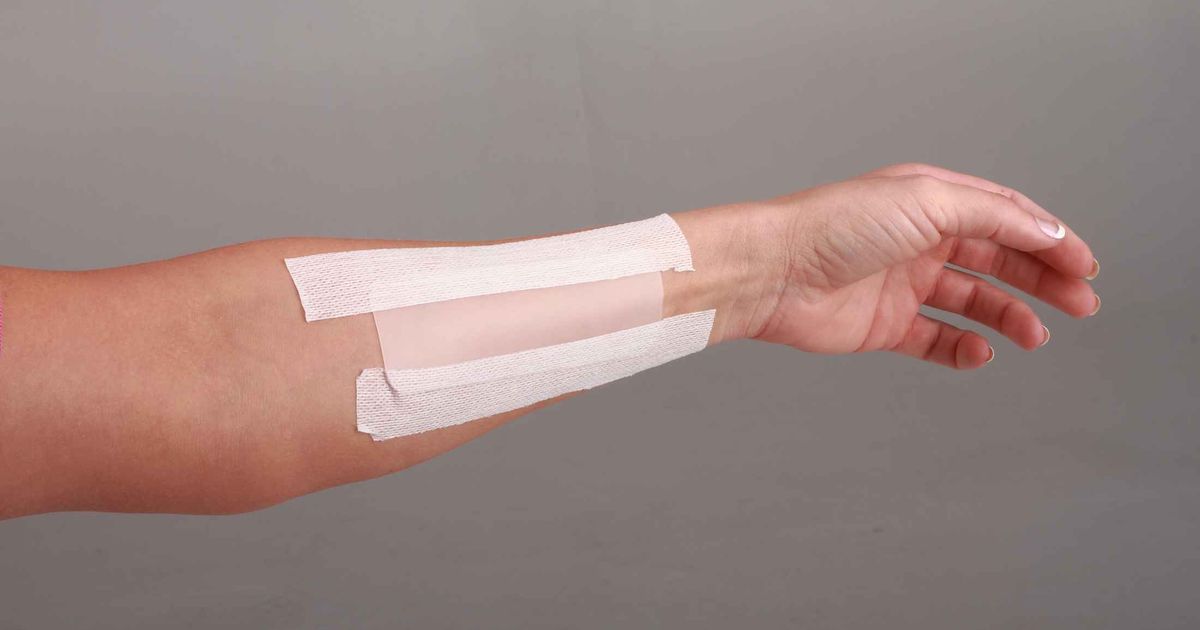Methods Of Treating Keloid Scars
While everyone is likely to receive a scar at some point in their lives, some scars are more trouble than others. Certain scars are easy to hide beneath clothes. However, if the scar isn't small or easy to hide, like a keloid scar, then it's helpful to know specific methods to reduce or remove the scar. Keloid scars essentially form after overaggressive healing has taken place and tend to look like the area of the wound bubbled up against the skin. Keloid scars are most common in individuals with darker skin, but they can happen to anyone. The scars also tend to extend past the original wound. Here are a few methods to try to reduce or remove keloid scars.
Cryotherapy

Originally, liquid nitrogen was used to freeze the scar and destroy it, but the side effects were unpleasant. The process often caused blistering, infections, and hypopigmentation. Luckily, a new method was created called cryotherapy, where a hollow needle is inserted into the deep dermal tissue of the scar. Cryogen is then pumped through the needle and into the skin where the tissue is frozen and destructed. This allows a new scar to form that isn't keloid in nature. It can reduce the chances of hypopigmentation from occurring as well as removing the keloid scar. Cryotherapy has been used to treat numerous forms of ailments and conditions, and many have been met with success. While the patient may require a few treatments with this form of freezing therapy, the chances of the keloid scar forming or remaining are reduced. This therapy is quite potent in that it not only targets cells themselves but also the microcirculation between cells, which kills both sets of cells and the network between them.
Keep reading for more tips on treating keloid scars.
Place Silicone Sheet Over Scar

One of the traditional methods of treating keloid scars is with a silicone sheet. In fact, many doctors have recommended placing silicone gel or a sheet of silicone over surgical wounds to limit the amount of scarring that occurs. This is because silicone keeps the body from over-producing collagen, which can cause scars. In regards to keloid scars, an individual who is already suffering from the condition can benefit from a silicone sheet because it reduces the scar's appearance. For many, applying the topical sheet can be cumbersome, especially if the scar is in an area covered and touched by clothing. Luckily, there are fast-drying silicone sheets now. Individuals can easily apply the sheet over the wound per the instructions for how often it should be applied, and then watch as the keloid scar slowly reduces in size. In this case, it is especially important to continue placing silicone sheets over scars to see the most effective results for the keloid scar.
Discover more strategies for treating keloid scars now.
